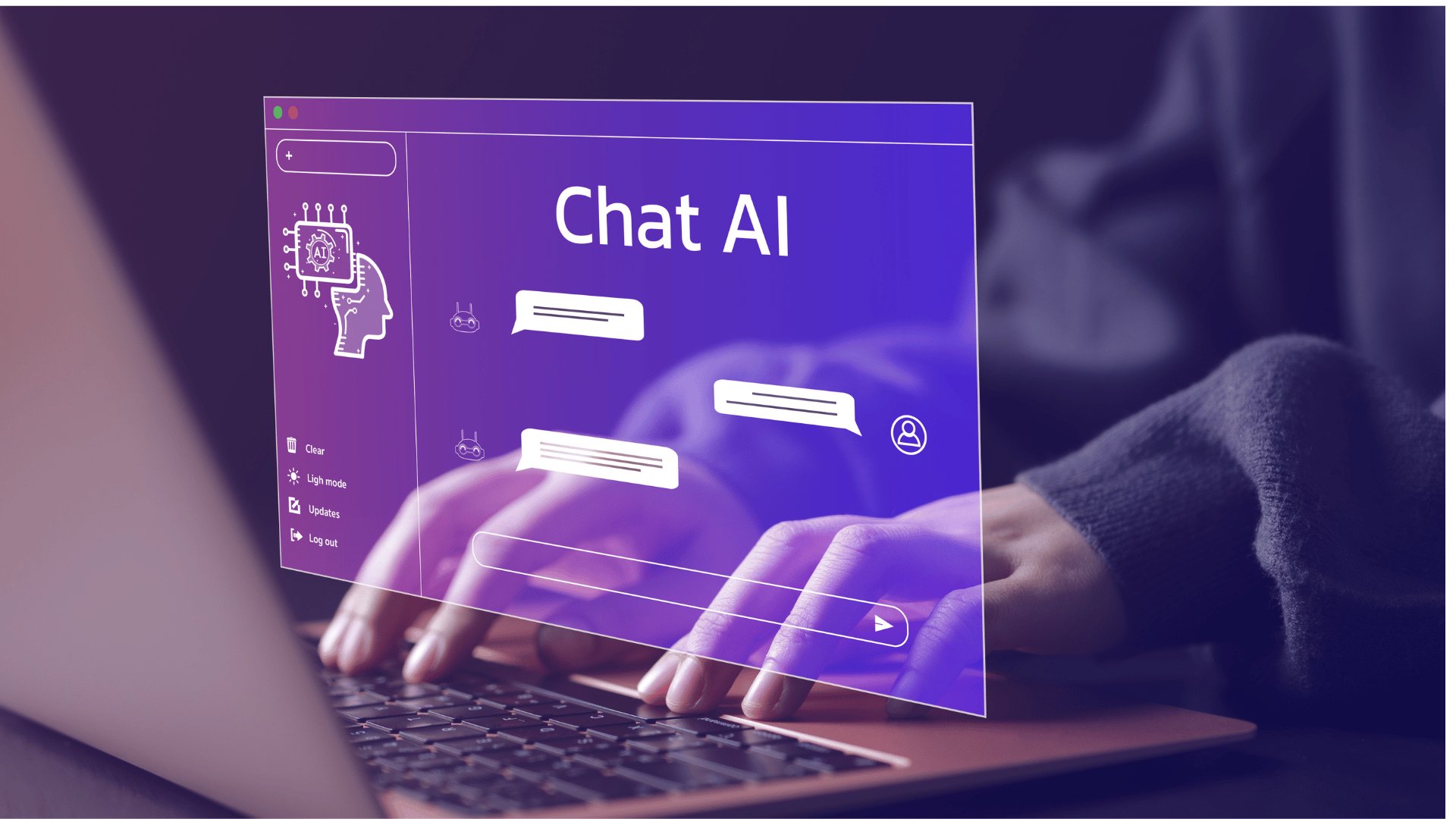The Challenge of Understanding Generative AI Models
Generative AI models have shown remarkable capabilities in creating new content, from text and images to music and even entire virtual environments. These advancements are pushing the boundaries of what artificial intelligence can achieve, offering immense potential across various sectors. However, one significant challenge that continues to pose a problem is the interpretability of these models. This blog delves into this challenge, exploring its implications, current efforts to address it, and why it matters.
The Complexity of Generative AI Models
Generative AI models, such as Generative Adversarial Networks (GANs) and transformers like GPT-4, are inherently complex. They operate on vast amounts of data and employ intricate mathematical structures to generate new data that mimics the input data. This complexity, while enabling the creation of highly realistic and innovative outputs, also makes these models highly opaque.
Opacity in AI: The opacity of AI models means that understanding the decision-making process of these models is incredibly difficult. Unlike traditional software where the logic is explicit, AI models develop their own internal representations of data, making it challenging to trace back and explain their outputs in human-understandable terms.
The Importance of Interpretability
Interpretability means how easily a person can understand why an AI model made a certain decision. In the context of generative AI, interpretability is crucial for several reasons:
- Trust and Reliability: Users need to trust that the model’s outputs are reliable and based on sound reasoning.
- Debugging and Improvement: Developers need to understand how a model works to improve it or fix errors.
- Ethical and Legal Compliance: As AI systems are increasingly used in sensitive areas like healthcare and finance, interpretability becomes essential to ensure ethical standards and legal compliance.
Exploring the Intricacies of Generative AI
Generative AI models, particularly GANs and transformer-based models, are revolutionizing how we create and interact with digital content. To grasp the challenge of interpretability, it’s essential to understand the workings and architecture of these models.
Generative Adversarial Networks (GANs)
GANs have two neural networks: one that creates things (the generator) and one that checks if they are real (the discriminator). The generator creates new data instances, while the discriminator evaluates them. These networks are trained together in a process where the generator aims to produce increasingly realistic data, and the discriminator strives to become better at distinguishing real data from generated data. This adversarial process drives both networks to improve continually, resulting in highly sophisticated outputs.
Training Complexity: The training process of GANs is complex and dynamic. The generator and discriminator engage in a feedback loop where each iteration refines their capabilities. This dynamic nature makes it challenging to pinpoint the exact features or patterns the model has learned at any given stage.
Transformer Models
Transformer models, like GPT-4, are designed to handle sequential data such as text. They use attention mechanisms to weigh the importance of different words in a sentence, allowing the model to capture context more effectively. This capability enables transformers to generate coherent and contextually relevant text.
Attention Mechanisms: The attention mechanisms in transformers add another layer of complexity. While these mechanisms help the model understand context, they also create challenges in tracing the model’s decision-making process, especially when generating long sequences of text.
The Importance of Interpretability
Interpretability is a cornerstone of responsible AI development. Here’s why it matters in the context of generative AI:
Trust and Reliability
For AI to be widely accepted and integrated into critical applications, users must trust its outputs. Trust stems from understanding how decisions are made. In generative AI, where outputs can be novel and unexpected, interpretability ensures that users can trace the origins of these outputs and verify their reliability.
Case in Point: Medical Applications: In healthcare, generative AI models can assist in diagnosing diseases or generating treatment plans. However, without interpretability, medical professionals might hesitate to rely on these models due to the potential risks involved. Understanding how a diagnosis or treatment suggestion is derived builds confidence and fosters adoption.
Debugging and Improvement
For developers and researchers, interpretability is essential for debugging and improving AI models. When models produce errors or unexpected outputs, understanding the underlying process is crucial for identifying and correcting flaws.
Iterative Improvement: The development of AI models is an iterative process. Interpretability allows developers to gain insights into the model’s behavior at each stage, facilitating targeted improvements and reducing the trial-and-error approach.
Ethical and Legal Compliance
As AI systems are deployed in domains like finance, law, and hiring, ensuring ethical and legal compliance becomes paramount. Interpretability helps in identifying biases and ensuring that decisions made by AI systems are fair and just.
Regulatory Requirements: Regulations such as the General Data Protection Regulation (GDPR) in the European Union mandate that AI systems provide explanations for their decisions. Interpretability is crucial for meeting these regulatory requirements and avoiding legal repercussions.
Current Efforts to Enhance Interpretability
Efforts to make AI models more interpretable are ongoing. Techniques such as feature visualization, attribution methods, and the development of inherently interpretable models are being explored. For instance, research into Generative Adversarial Networks (GANs) focuses on understanding the internal workings of these models by visualizing the features they learn at different layers.
Feature Visualization
Feature visualization techniques aim to make the features learned by AI models more understandable. In the context of generative models, this involves visualizing the intermediate representations and outputs of different layers.
Activation Maps: One approach involves generating activation maps that highlight which parts of the input data are most influential in producing the model’s output. These maps can help researchers understand the model’s focus areas and the features it considers important.
Attribution Methods
Attribution methods seek to attribute the model’s output to its input features. This involves determining which parts of the input data contributed most to the final decision.
Layer-wise Relevance Propagation (LRP): LRP is a popular attribution method that traces the model’s decision back through its layers, highlighting the input features that were most influential. This method provides insights into the decision-making process and helps identify potential biases.
Inherently Interpretable Models
Researchers are also exploring the development of inherently interpretable models. These models are designed with structures and mechanisms that facilitate easier interpretation of their outputs.
Rule-based Models: Rule-based models, which use a set of human-understandable rules to make decisions, are an example of inherently interpretable models. While they might not achieve the same level of performance as deep learning models, they offer greater transparency.
Challenges in Achieving Interpretability
Despite these efforts, achieving interpretability in generative AI models remains a significant challenge. Some of the key obstacles include:
High Dimensionality
Generative models often work with high-dimensional data, making it difficult to visualize and understand their internal workings.
Complex Feature Spaces: The high dimensionality of the data and the features learned by the model create complex feature spaces. Visualizing these spaces and understanding the interactions between features require advanced techniques and tools.
Complex Interactions
The interactions between different components of a model can be highly complex, leading to emergent behaviors that are hard to predict and explain.
Emergent Behaviors: Generative models can exhibit emergent behaviors where the combined effect of multiple components leads to unexpected outcomes. Understanding these behaviors and tracing them back to individual components is challenging.
Lack of Standard Metrics
There is no universally accepted metric for interpretability, making it hard to evaluate and compare different models and techniques.
Subjective Interpretability: Interpretability is often subjective and context-dependent. What might be considered interpretable in one domain might not be in another. Establishing standardized metrics that account for these variations is an ongoing challenge.
Case Study: Interpretability in Finance
The finance sector is a prime example of where interpretability is both critical and challenging. Generative AI models are being used to predict market trends, detect fraud, and automate trading. However, the opaque nature of these models can lead to significant risks. For example, a model might make a high-stakes trading decision based on patterns that are not easily understandable by human analysts, potentially leading to financial losses or regulatory issues.
To mitigate these risks, financial institutions are investing in interpretable AI systems. This involves not only improving the transparency of models but also educating stakeholders about the capabilities and limitations of these systems.
The Ethical Dimension
The ethical implications of interpretability cannot be overstated. Generative AI models, when used without adequate interpretability, can perpetuate biases present in the training data. This can lead to unfair or discriminatory outcomes, particularly in areas like hiring, lending, and law enforcement.
Ensuring that AI systems are interpretable helps in identifying and mitigating biases, promoting fairness, and building systems that are just and equitable. This is particularly important as AI becomes more integrated into societal decision-making processes.
Moving Forward
The journey towards fully interpretable generative AI models is ongoing. It requires a multi-faceted approach involving advancements in technical methodologies, regulatory frameworks, and public awareness. Here are some steps that can be taken to move forward:
Research and Development
Continued research into new techniques for model interpretability, such as developing inherently interpretable models or improving existing visualization tools.
Innovative Techniques: Developing innovative techniques that provide deeper insights into the workings of generative models is crucial. This includes exploring new ways to visualize high-dimensional data and understanding complex interactions within the model.
Regulatory Standards
Establishing clear regulatory standards that mandate a certain level of interpretability for AI models, particularly in high-stakes domains.
Policy Frameworks: Policymakers need to develop comprehensive frameworks that ensure AI models are transparent and accountable. These frameworks should provide guidelines for both developers and users, promoting responsible AI use.
Collaboration
Encouraging collaboration between AI developers, ethicists, and policymakers to ensure that interpretability considerations are integrated into the AI development lifecycle.
Interdisciplinary Efforts: Collaboration between different disciplines can lead to more holistic approaches to interpretability. Bringing together expertise from AI, ethics, law, and other fields can help address the complex challenges associated with generative models.
Education and Training
Providing education and training to AI practitioners on the importance of interpretability and how to achieve it in their models.
Professional Development: Incorporating interpretability into AI education and professional development programs ensures that future practitioners are aware of its importance and equipped with the necessary skills.
Conclusion
The interpretability of generative AI models is a critical challenge that impacts trust, reliability, and ethical considerations. By advancing research, establishing regulatory frameworks, fostering collaboration, and emphasizing education, we can develop AI systems that are not only powerful and innovative but also transparent and trustworthy.
As generative AI continues to evolve, addressing the challenge of interpretability will be key to unlocking its full potential and ensuring that its benefits are realized in a responsible and ethical manner. The ongoing efforts to enhance interpretability will shape the future of AI, fostering greater understanding and trust in these transformative technologies.




